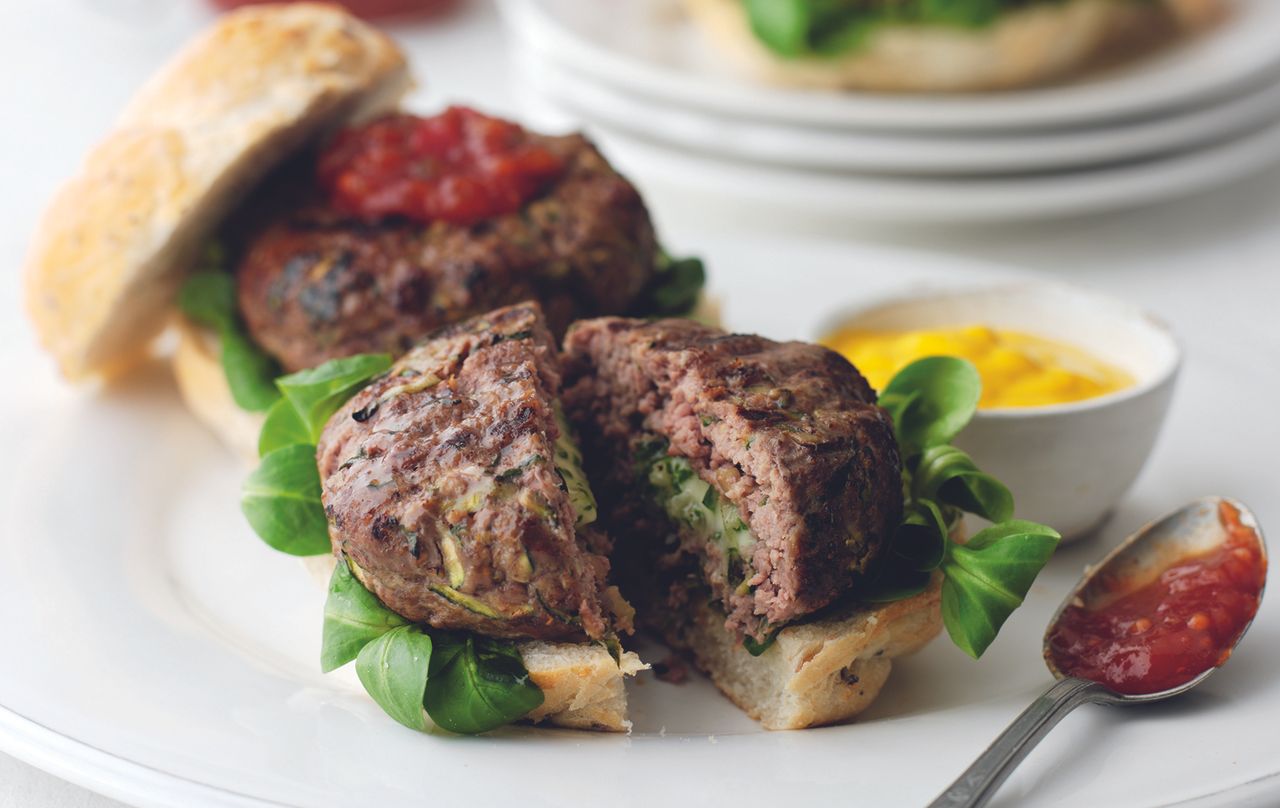Adding lean red meat to family meal times, that's nutritious and delicious

Promotional feature with Simply Beef and Lamb
Red meat: nutrition facts plus tips on how to cook with it.
Red Meat is rich in protein and contains vitamins and minerals that are important for health, such as iron and zinc. It can be a nutritious addition to a balanced diet. So, if you enjoy red meat and eat it in moderation you don’t need to give it up completely.
Keep fatty cuts to a minimum and instead take advantage of lovely, lean options such as juicy beef tenderloin, fillet, rump or topside and flavourful leg of lamb or loin; and tasty pork tenderloin or medallions. Remember there are a variety of versatile and cheaper cuts that perhaps you’ve never used before too. Ask your local butcher or at the meat counter in your supermarket for more advice and to help you choose lean versions.
Here are just some of the reasons why you may choose to eat red meat:
Did you know, on average nearly a quarter of female adults and a half of teenage girls don’t get enough iron in their diet and that the iron in red meat is more easily absorbed by the body than plant-based non-haem iron?
Red meat is a good source of high quality protein and there is some evidence to suggest that protein-rich foods can help you feel full. Modern farming and butchery techniques have also meant the fat content has been reduced over the years.
How to cook lean red meat
Lean red meat is very versatile and can be added to countless dishes. When meat is lean, it’s easier to overcook, so sear on a high heat to seal in the juices before frying, grilling, roasting, or stir-frying.
GoodtoKnow Newsletter
Parenting advice, hot topics, best buys and family finance tips delivered straight to your inbox.
Some lean meat such as beef fillets, thinly sliced rump steak, minced pork and leg of lamb can be braised, poached or steamed, too.
How can red meat contribute to a healthy diet in children?
Nutritionist Emma Derbyshire has the answers:
What nutrients in red meat are important for child development?
Lean red meat is a valuable provider of good quality protein, iron that is well absorbed by the body, B vitamins (including B12) and zinc which are all important for growing children. In particular, iron is important for cognitive (brain) function, B vitamins for energy metabolism and zinc, which helps the immune system function normally.
What does a portion size look like for red meat?
There is no specific guidance for children, but the size of your child’s palm is a useful indicator for portion size.
What are the best types of red meat for children, especially fussy eaters?
Red meat with a smoother texture such as lean mince (beef, lamb or pork) can work well for younger children e.g. in a Bolognese. A great way to make this type of family meal go further is to add more vegetables or beans and pulses. It’s a great way to get a few extra vegetables into kids too.
For older children home-made burgers or meatballs tend to go down well but remember to buy the leaner versions of mince. Serve the burger with a wholemeal bun and extra salad, and try meatballs with pasta and a tomato sauce with extra chopped vegetables.
